Sidi Saiyyed Mosque, Tree of Life, IIM Ahmedabad and the medieval Afro-Indian connect
Sidi Saiyyed Mosque, Tree of Life, IIM Ahmedabad and the medieval Afro-Indian connect.
What, you may ask, are these three doing together. A place of worship, a tree, a business school and medieval Afro-Indian connect… There is a link, I assure you. Read on…
The Sidi Saiyyed Mosque is in the city of Ahmedabad in Gujarat, India. Sidi Saiyyed built this mosque in 1573 AD just as the Gujarat Sultanate was ending. The last Sultan of the Gujarat Sultanate was Shams-us-din Muzaffar Shah III. Sidi Saiyyed served in this army.
The Mughals under Akbar ended the Gujarat Sultanate. They added this territory to their massive footprint in India. In fact, he built the Bulund Darwaza in Fatehpur Sikri after this campaign. To read more on this, click Fatehpur Sikri and the Bulund Darwaza.
The Architecture
It’s a simple structure in yellow sandstone with two minarets in front. These are now no more – only their base remains. The wazu or ablution pond is quite small. There is a central aisle with two bays flanking it. Like a 3-walled theatre. The mosque is a fine example of the influence of African architecture.
There are ten jalis (latticework windows) on the side and rear. The flanking bays have stone slabs carved with a motif of intertwined trees, foliage and a palm tree. This latticed window is the famous Sidi Saiyyed ni Jali – a superb specimen of Indo-Islamic art. The central window arch, unexpectedly, has no jali. It is just a wall. Possibly because of the interruption caused by the Mughal war. I wish they had started work sooner. The plan for the central window arch would probably have had a much more extensive jali.
The African connection
This mosque, as I mentioned, is a legacy of the Africans in India at the time. Their forefathers came to India as slaves and seafarers. They came from all over Africa. Different countries like Eritrea, Ethiopia, Somalia, Egypt, Kenya, Sudan, Tanzania, Malawi and more.
These are the Sidis (meaning Africans) or Habshis (meaning people of Abyssinia or Ethiopia in Persian). Their descendants made their mark as warriors. Many of them joined the Sultan’s armies and became quite powerful. The Sidis were quite interested in art and architecture too, other than war. And they had a part to play in the shaping of India’s medieval history.
The Sidi community still exists in India, proud of their lineage and preserving their unique culture.
Sidi Saiyyed, the man
Sidi Saiyyed (Shaikh Sayyid al-Habshi Sultani), the builder of this mosque, was one such African warrior. Originally from Yemen, he was a slave in the Sultan’s employ. He was a part of the forces of Bilal Jhajhar Khan, an Abyssinian General.
Sidi Saiyyed rose to power under Sultan Muzaffar III and earned quite a bit of wealth. He used this to construct the Sidi Saiyyed mosque.
The Sidi Saiyyed Mosque Jali
This 16 foot latticed window is entirely carved from stone. The intricacy of the work make it seem like a design on cloth though. The carvings represent the Tree of Life motif. An artistic representation of the tree in paradise as per Islamic mythology.
It is the inspiration for the logo of Indian Institute of Management, Ahmedabad. This is one of the most reputed business schools in India.
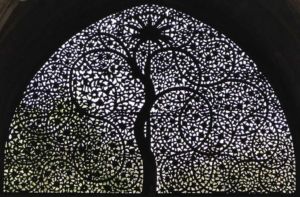
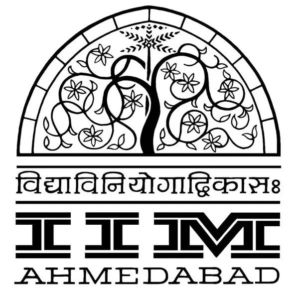
The Sidi Saiyyed mosque now
The Mosque is currently under the protection of the ASI (Architectural Society of India). When the British ruled, they used it as a government office. It is a photographer’s delight, as also a magnet for historians. And a place for prayer even now for Muslims living in the area.
This is an oft over-looked old building not very prominently visible from the road. Like all not-too-famous monuments across the World, don’t you think? The minimalistic style doesn’t do much for fame, does it?
How to get there
It lies in the midst of a busy traffic junction close to Lal Darwaza. Its right in the heart of the city of Ahmedabad in Gujarat, Western India. There are enough options of air, train and road connection with major Indian cities. The closest major city is Mumbai.
Try and visit during winter, October-February. This is because the summers can be a tad draining, to say the least. Remember – modest dressing and no footwear inside. And ladies are not allowed inside the prayer hall of the Mosque.
Oh, and when you are there, peep into the Lucky Tea Stall nearby. It is a small place that serves tea (obvious from the name, isn’t it?) and snacks… The reason for its fame is that it was a favorite of the great painter M F Hussain! One of his original paintings hangs there, by the way.
And then there is more
In case this has whetted your appetite for info on that period of history, click here to read up on the monument that the Mughal Emperor Akbar built to celebrate his successful Gujarat campaign – Fatehpur Sikri and the Bulund Darwaza .
In case you are keen on traveling to western India, you could take a look at the immersive itinerary of Gujarat and cover the Sidi Saiyyed Mosque as a part of this itinerary.
For more spiritual experiences in India, you could take a look at the article on India – The Spiritual Abode. And if history is your interest, check out some of the places of historical interest in India.
India is a many-faceted country. It celebrates the mysterious, cultural, natural, wildlife, spiritual and more… Here is some more information on these facets of India, to help you travel beyond the regular tours and packages to India.
And if you are looking to have interesting experiences around India, Asia, Europe or Africa, visit Beyonder Travel.

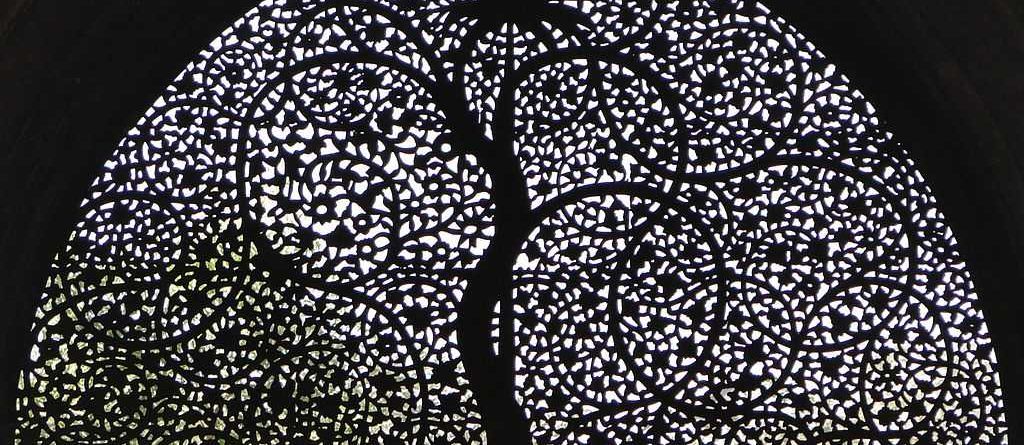
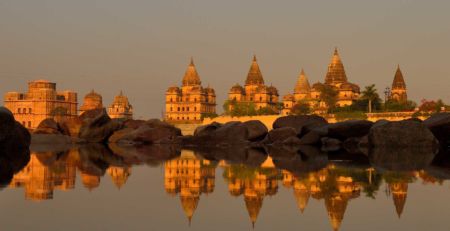
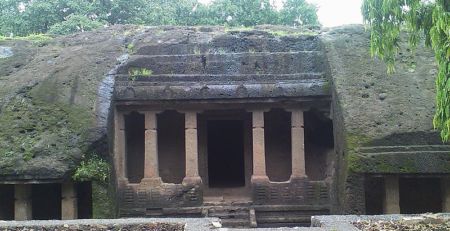
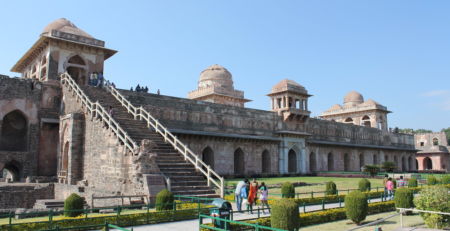
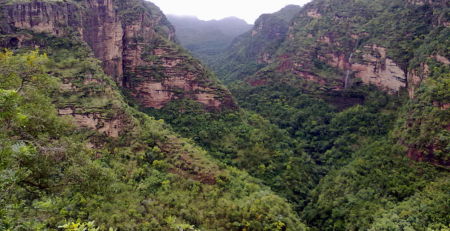
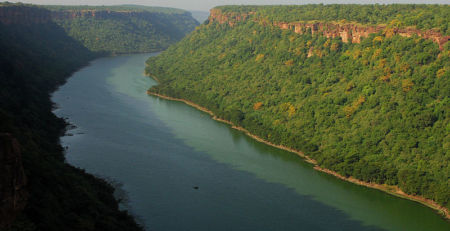
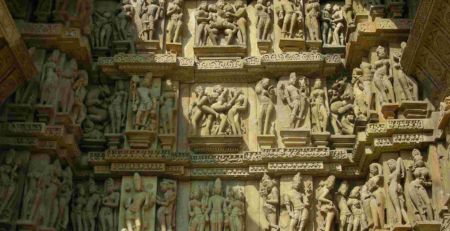
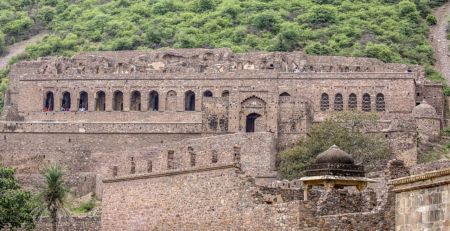
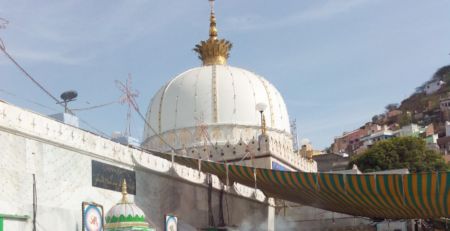
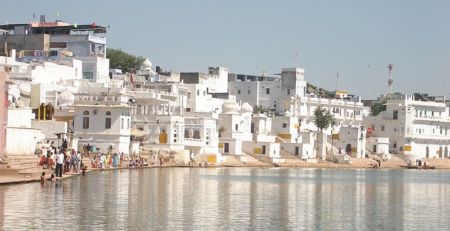

Leave a Reply